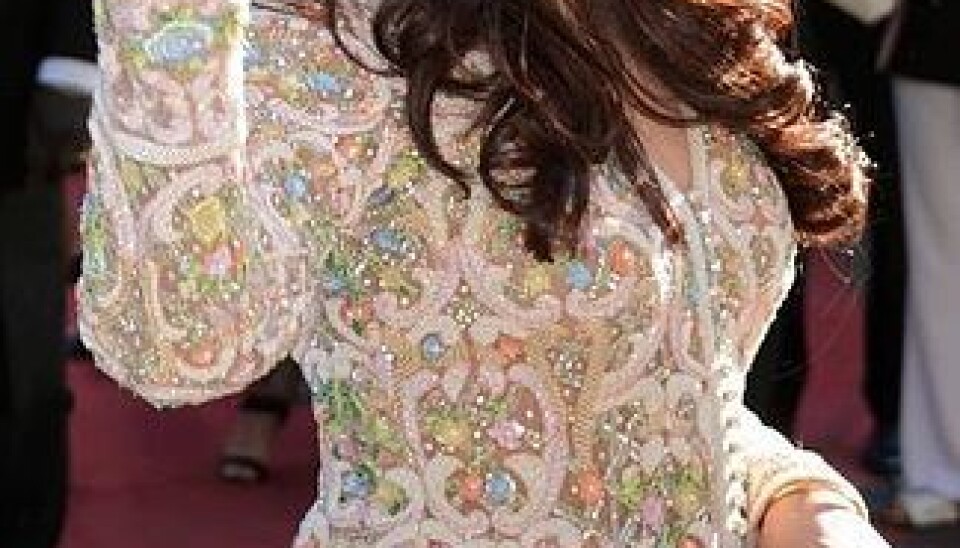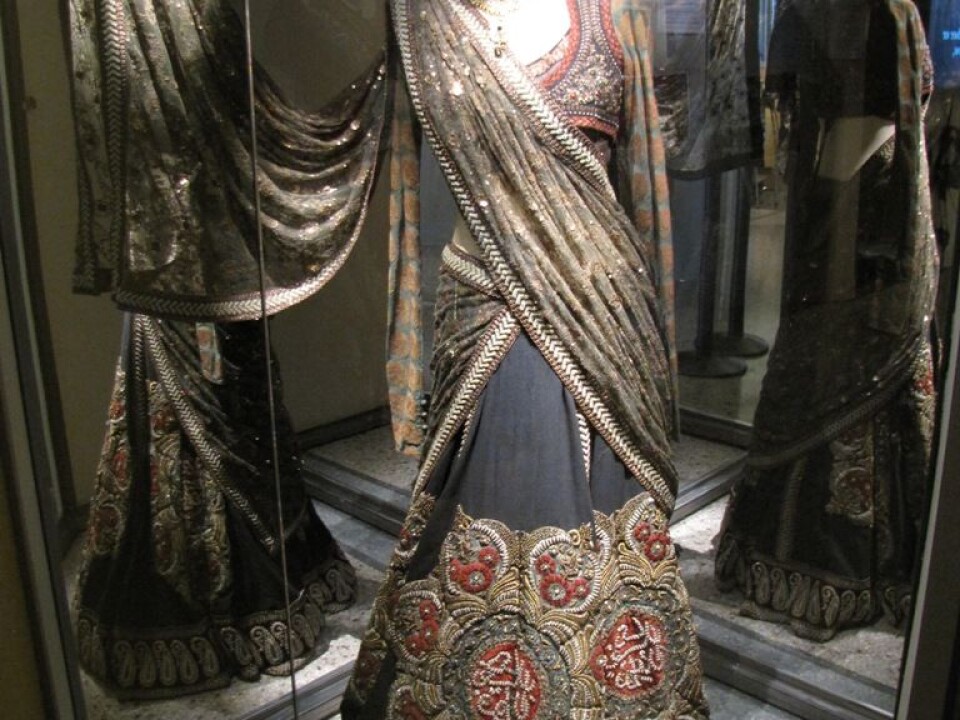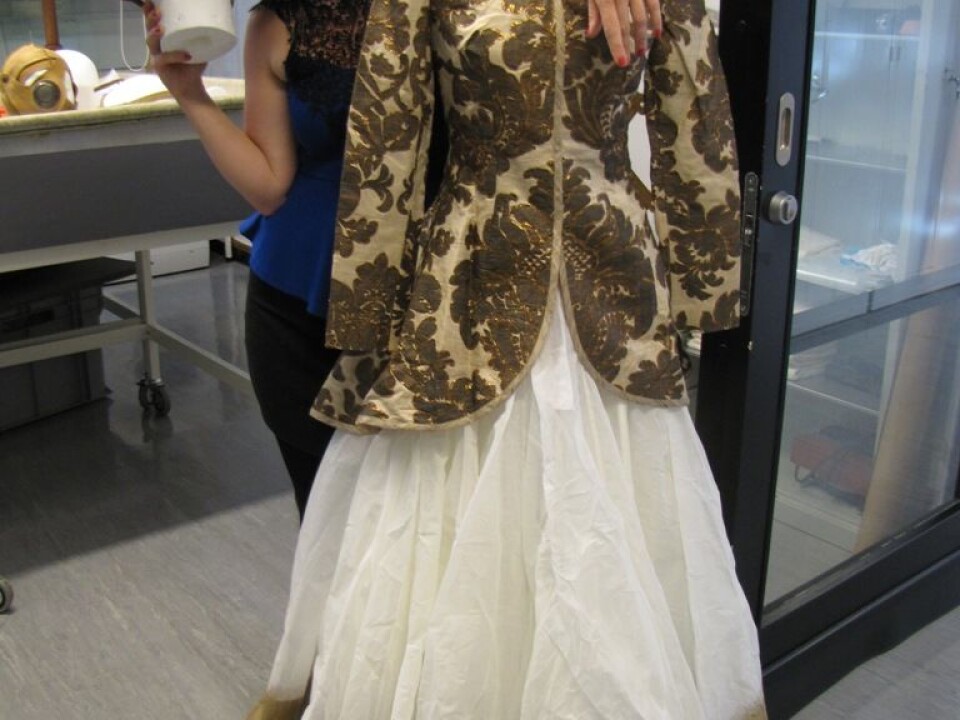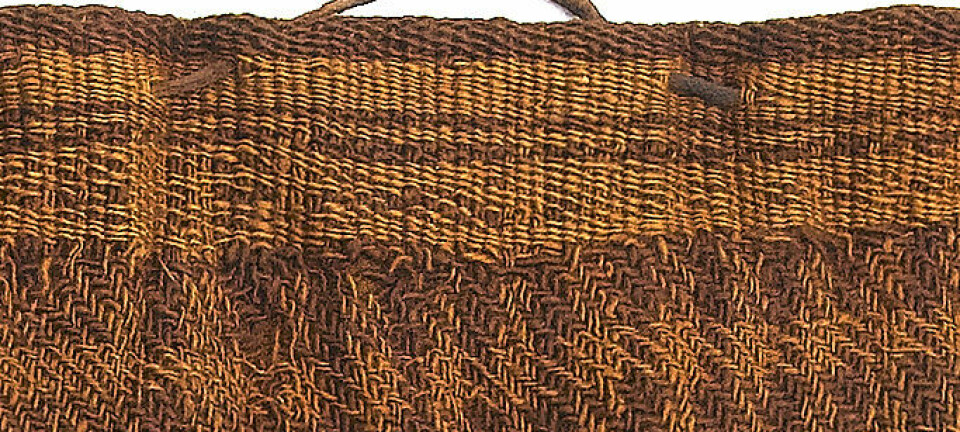
Indian extravagance in vogue
The wealthy in India still like to be on the cutting edge of fashion, but they are starting to flaunt Indian rather than Western gear. The trend accentuates their distance from the poor – who are indispensable to clothing production.
Denne artikkelen er over ti år gammel og kan inneholde utdatert informasjon.
Ten years ago Indian actors strutted up the red carpets in Chanel or Gucci. Now they pose proudly in hand-sewn, traditionally embroidered and exclusive Indian designs. What happened?
“After the financial meltdown in 2008 Indians liberated themselves from the inferiority complexes they might have had regarding the UK — what they refer to as their colonial hang-up,” says Tereza Kuldova of the Museum of Cultural History in Oslo.
India fared pretty well through the financial crisis and has begun to see itself as a major economic power. This has had an impact on fashion in the world’s second most populous country. Models on catwalks parade in saris, with heads held high.
Kuldova has written her doctoral thesis about the long chain of production and marketing in the Indian fashion industry — from those who sew and embroider for a pittance, to the customers who pay tens of thousands of dollars to create an image as wealthy, powerful and proudly Indian.
“Ironically, the craftsmen never get a chance to express the same ‘Indian-ness’ as the glitterati they sew for. And they are looked down upon,” says Kuldova.
Cosmopolitan maharajas

Popular Indian designers create fashions that try to capture some of the glitter of the former Indian nobility. They become super celebrities, hanging out with top actors, politicians and businessmen.
Tereza Kuldova had an opportunity to act as an anthropological fly on the wall with five different fashion designers in New Delhi and three in Lucknow – a city known for its special embroidery work and clothes design.
She followed from the sidelines as one affluent customer after another came to the studios to discuss their orders with the designers.
“The designer becomes a sort of guru and the customer is there to be enlightened. The nouveau riche in Delhi seek aesthetics that evoke an impression of old wealth.”
“The designer knows exactly how the genuinely rich dress and furnish their homes. She tells them that Louis Vuitton is out. Now they should go for unique luxury and pure Indian aesthetics,” says Kuldova.
“This is about status and expressing your roots in India. That is what counts now.”
Observations
Kuldova also became acquainted with people who functioned as links between textile producers and designers. Just as she followed activities in the studios of designers in New Delhi, she observed embroiderers in Lucknow, the city where she also studied for her master's degree.

Here she could follow the entire chain of production — from the embroiderers of Lucknow, via traders and other middlemen, to the designer and the clothes racks in exclusive stores where Bollywood stars shop.
“Many people have conducted research on India's poor, and we often think of the country as split, with the rich on one side and the poor on the other. Few have seen how they are mutually dependent and create one another.”
Even though they may be interdependent, there is little contact between the first and the last links in the chain.
“But the poor craftsmen function very well rhetorically, and on an ideological level — Indian nationalism pivots on concepts of handicraft traditions and rural town life.”
“The upper class and the designers can speak eloquently about the quality of traditional, bona fide Indian embroidery work. But for them the individual craftsmen are simply replaceable cogs in the machinery,” she says
Light and dark
“The entire industry is about flaunting disparities,” says Kuldova, something that was made brutally clear on the premises of a designer based in New Delhi.
The lighting in the design studio was dazzling and the showroom was furnished exquisitely to steep customers in a sense of luxury, beauty and pleasure.
“You chat with them and they will blurt out something like: ‘Oh, this craftsman is absolutely fabulous! Look at this quality!’ And they stroke the material appreciatively.”
But workers are also sitting in the adjacent room sewing, a tailor and some others, ready to make any alterations needed. It’s nearly pitch dark. They sew in poor light and there’s not a speck of glamour.
“The designer is happy to show new customers around. Then they stand in the doorway and prefer not to look at the people at work, even though just minute before, the customer was raving in the showroom about the craftsmen,” says Kuldova.
Maintaining barriers
Kuldova asserts that the aesthetic divide between the design studio and the dismal work room of the tailors is intentional. The designer could easily afford to install proper lighting.
“The designers don't want light in there. The lighting reinforces the artificial division between rich and poor. It’s a way of keeping people in their place.”
A designer, to a certain extent, could be seen as being at the mercy of the craftsman. Without the craftsman, no designer.
“If the designer were to pay his or her workers as much as the middle class earns, for example, production would be so costly that no one could afford the clothes.”
Dresses by the most exclusive designers cost in the range of $7,000 - $12,000, despite the very low wages paid to those who embroider the material. The elite shell out willingly and often have only a vague notion of the conditions under which the textiles are made.
But Tereza Kuldova doesn’t think we in the West are particularly more conscious as clothes consumers than the Indian upper class.
“What does the average person know about the working conditions of the people who made the cotton T-shirt they’re wearing? Are they aware that the insecticides used cause the workers to pass out several times a year and die at an age of 36?” she asks.
---------------------
Read the Norwegian version of this article at forskning.no
Translated by: Glenn Ostling
































